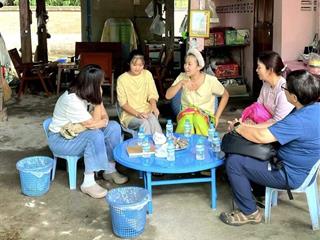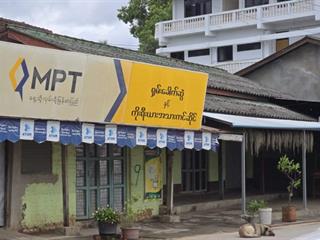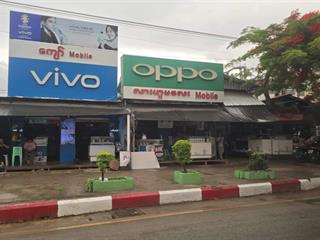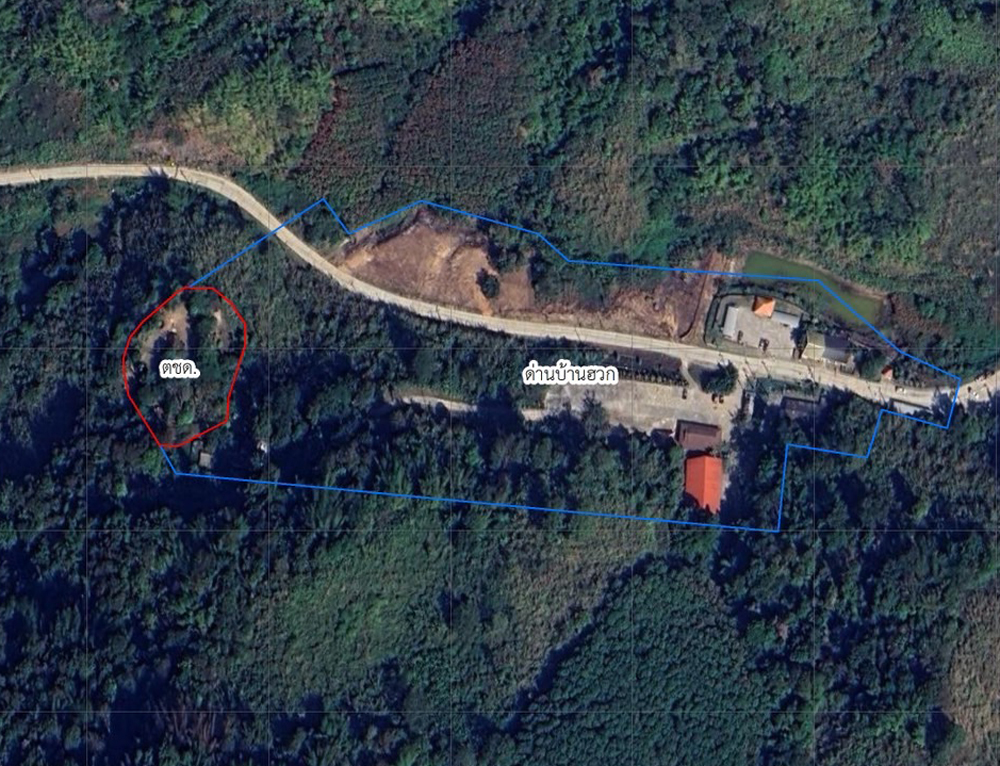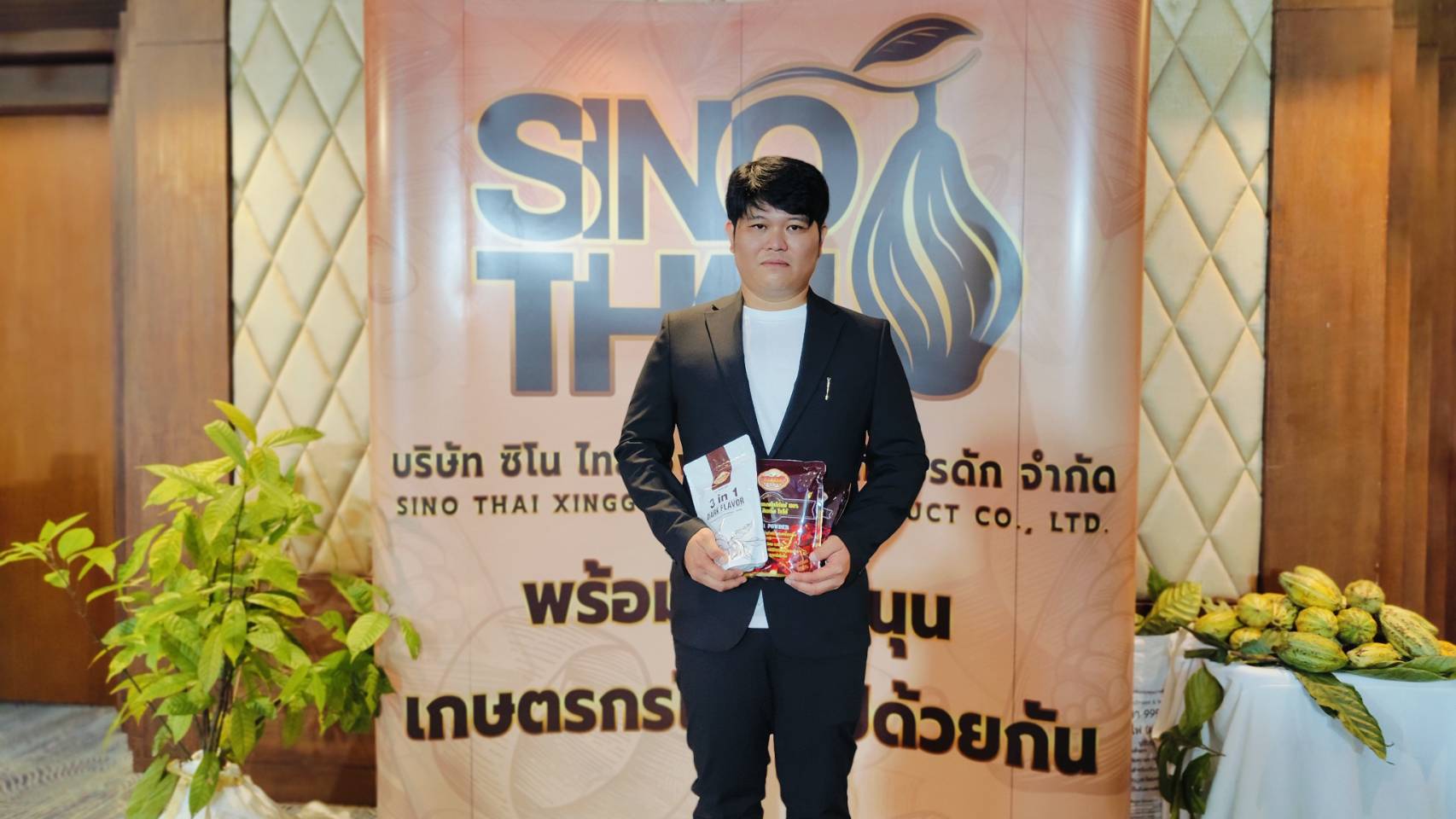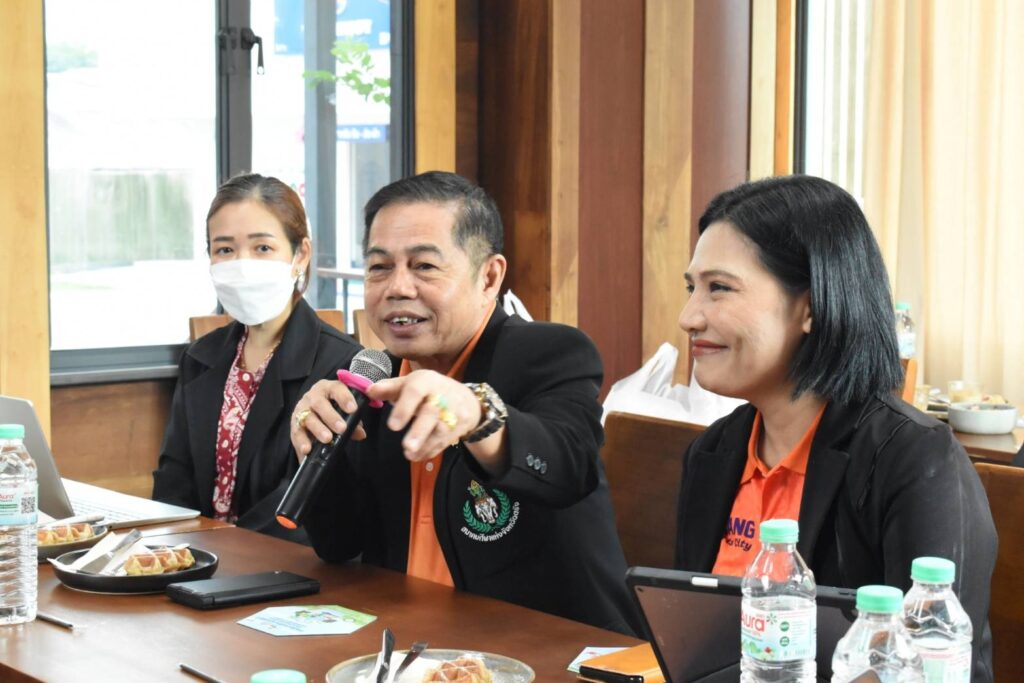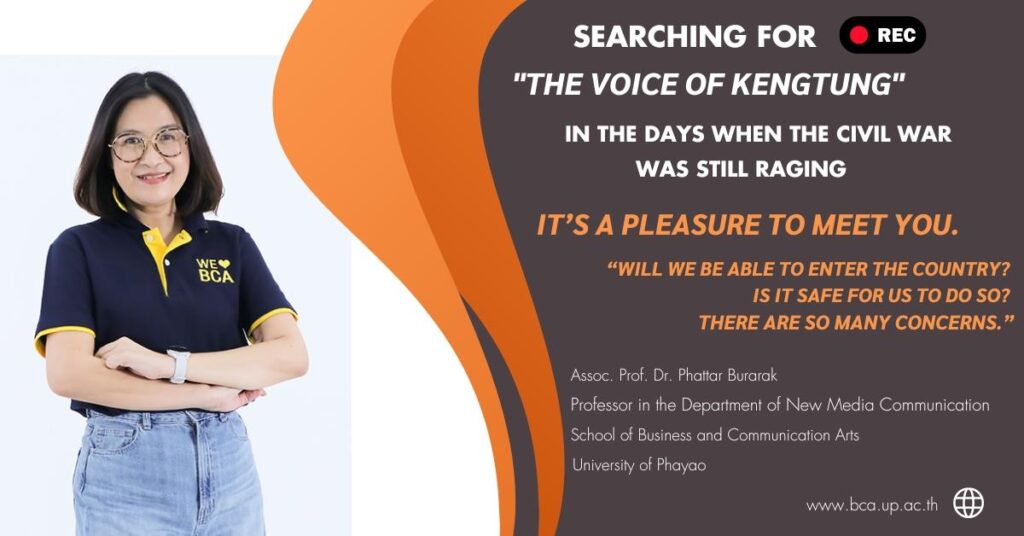
Searching for “the voice of Kengtung” in the days when the civil war was still raging.
It’s a pleasure to meet you.
“Will we be able to enter the country? Is it safe for us to do so? There are so many concerns.”
We were initially worried and suspicious about our upcoming work trip to Kengtung, Shan State, Myanmar. This was due to news reports of fighting between different groups and the Myanmar government, as reported by Thai media. However, our “friends” from Kengtung assured us that it was safe to travel there. Despite our concerns, my fellow researcher, a younger research assistant, and I decided to stick to our original schedule and confirm the trip.
This would be my first time entering a neighboring country since my teenage years, when I would cross the checkpoint to buy things in Tachileik. The border trade around Mae Sai – Tachileik was still bustling at that time.
We traveled by car through the Thai border checkpoint at Mae Sai and continued on to Kengtung Province, following the necessary conditions for entering the country during this period. Our guide informed us that Myanmar does not currently allow third-country nationals to enter by car or plane. Only Thai citizens with Thai ID cards are permitted to enter. Additionally, a local guide is required for any type of border crossing.
We departed from Thailand at the Mae Sai border checkpoint in the morning and encountered intermittent rain during the four-hour journey. As we traveled deeper into Shan State, we had to periodically submit our documents to officials to ensure that they were valid and allowed.
Halfway through our journey, we stopped at the Tha Duea rest stop, a popular lunch spot. Here, we were able to try local delicacies such as fried insects (Gryllidae, crickets, etc.) and dried green frog. These were priced at around 50 baht per small cup, while the khao soi (a popular noodle dish) cost around 40-50 baht per bowl. We thoroughly enjoyed this unique and authentic experience.
Kengtung has electricity available 24 hours a day.
We arrived in Kengtung at around 2 p.m. and had made appointments with friends and local contacts for the evening. This gave us enough time to explore the city and the surrounding area of Kengtung Province. Upon arrival, our guide informed us that the city had only had access to 24-hour electricity for the past 3-4 years. Prior to this, electricity was limited and often relied on batteries. As a result, there are not many modern electrical appliances available in the city, as there are few stores that sell them. However, we did notice a high number of mobile phone shops and the popular Mala Grill Restaurant. We also observed an increase in the construction of large gas stations. While some villages outside of the city still have limited access to electricity, we also saw some residents installing solar panels.
It is clear that the introduction of electricity has had a significant impact on the city, particularly in terms of tourism and service businesses. This is evident in the growing number of pubs and bars, both large and small. We couldn’t help but notice the high prices of beer, which is mostly imported and double the price compared to our country. Additionally, there are no restrictions on the purchase of alcohol in terms of age or time.
During our trip to Kengtung, we were particularly interested in the media landscape and how the availability of 24-hour electricity would affect media production and consumption. Our survey revealed that the main sources of media in Kengtung are local channels, similar to Channel 11 in Chiang Mai, and local radio stations. There are no free-to-air channels as we are used to, but some are available online, mostly in Burmese. There is also a lack of media outlets that use the local dialect or Shan language. As a result, the main sources of information are social media platforms used by ordinary people. This aligns with our interest in Hyperlocal Media, which focuses on online channels that share stories and information within a specific local community.
Hyperlocal Kengtung: Fulfill local communication
During our visit to Kengtung, our main goal was to find a platform that accurately reflects the stories and experiences of the local community. We discovered that the primary media used in Kengtung is online, specifically through platforms such as Facebook, YouTube, and TikTok. However, the use of Facebook and Twitter is heavily monitored and controlled by the authorities. Through our conversations with Hyperlocal Kengtung, we learned that the starting point for becoming a content producer is having free time, especially during the COVID-19 pandemic. Many producers use their mobile phones to film stories about their daily lives, their livelihoods, and their cultural traditions. When their content resonates with the audience, particularly with Thai viewers, their channels grow and they are able to generate income through the platform and other business opportunities, such as selling products. In some cases, these producers have even become local celebrities. However, their main motivation for creating content is to showcase their community, Kengtung, and to promote understanding and appreciation for their culture. Despite the challenges of accessing platforms and navigating the political system in their country, these producers continue to share their stories.
We recognize the important role that these channels play in not only providing opportunities for the producers, but also in giving outsiders a glimpse into their community and raising awareness about their way of life. These channels also serve as a window for the community to see the outside world, including neighboring countries like Thailand.
We have great respect for these producers, as they often serve as the only source of information in areas lacking local mass communication systems. Without their work, it would be difficult to stay informed about the events and issues affecting these communities.
Associate Professor Dr. Phattar Burarak
Professor in the Department of New Media Communication
School of Business and Communication Arts, University of Phayao
